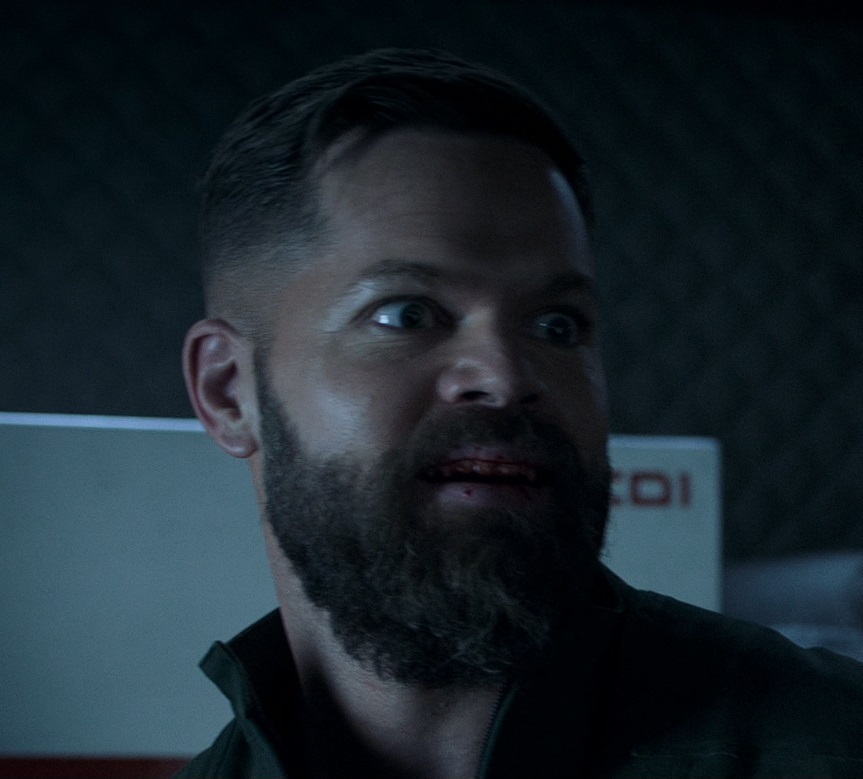Personally, I find Brown Dwarfs to be absolutely fascinating. An object that isn’t quite a planet and isn’t quite a star, but something in between.
What would one even look like? Would it look like a gas giant that’s glowing red, along with swirls of gas in its atmosphere like Jupiter? Or would it resemble a star and have a fiery surface like the sun? I prefer to imagine them as glowing gas giants but I don’t know how realistic that is.
Gas giants in general are fascinating to me as well, I really hope we send a probe into one of the gas giants with a camera before I die. I’d absolutely love to see what it looks like inside a gas giants atmosphere before the probe gets crushed by the increasing pressure as it descends.


The thought of Quark Stars have fascinated me ever since I first read about them, about maybe fifteen years ago, a supernova remnant that is dense enough to overcome neutron degeneracy pressure, not dense enough to become a singularity.
The Cosmic Microwave Background was emitted when the Universe was around 370,000 years old, the oldest light in the Universe but the way space expands and accelerates, the distance at which the photons we detect now were emitted and when they reach us, is all distorted and crazily stretched. If you want to visualize how light moves as slow as a snail in the grand scheme of things, look no further.
Neutrinos, as far as we know the closest a particle with mass approaches zero, to the infinitesimal point that it’s thought it doesn’t derive its’ mass from the Higgs Field. Then there’s the as-yet elusive Cosmic Neutrino Background, emitted when the Universe was less than a second old.